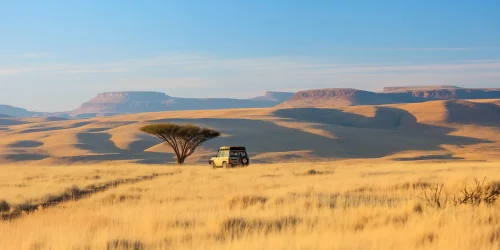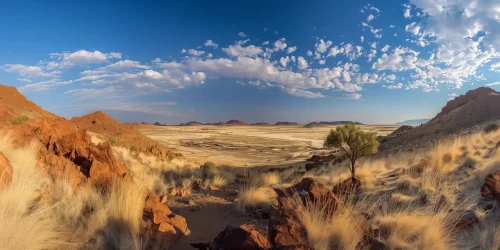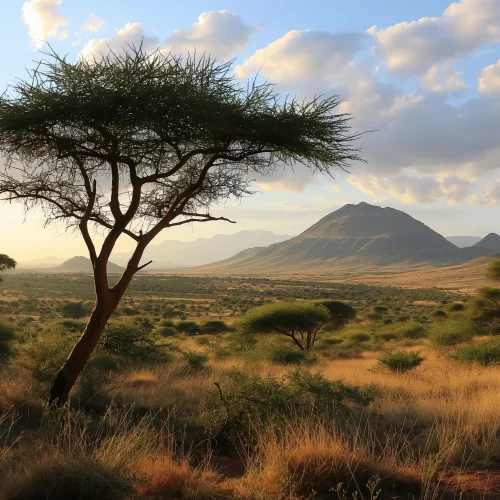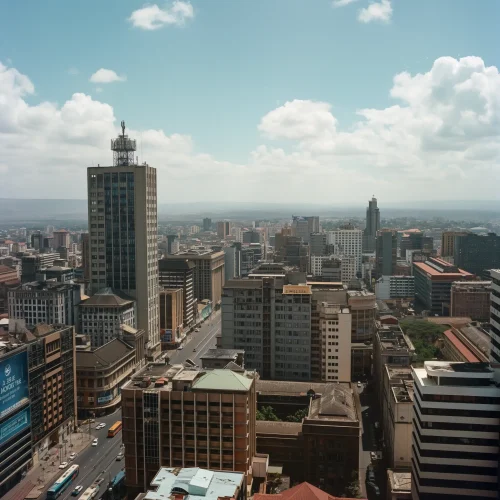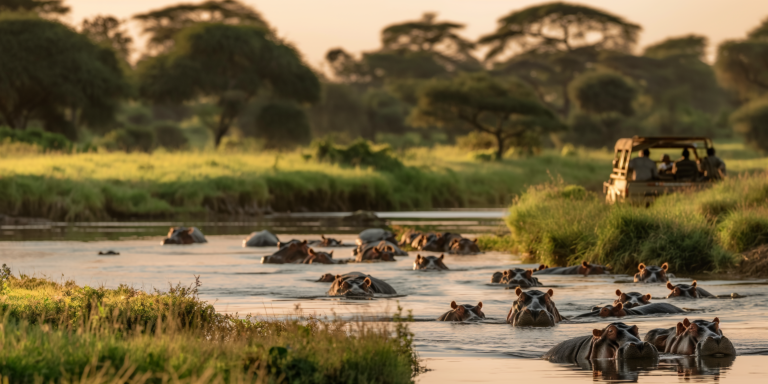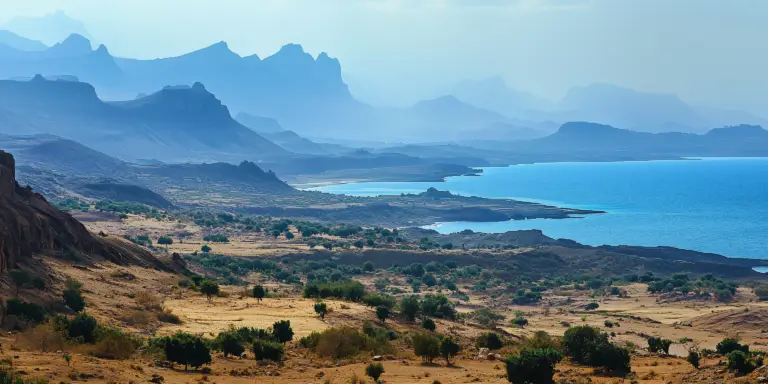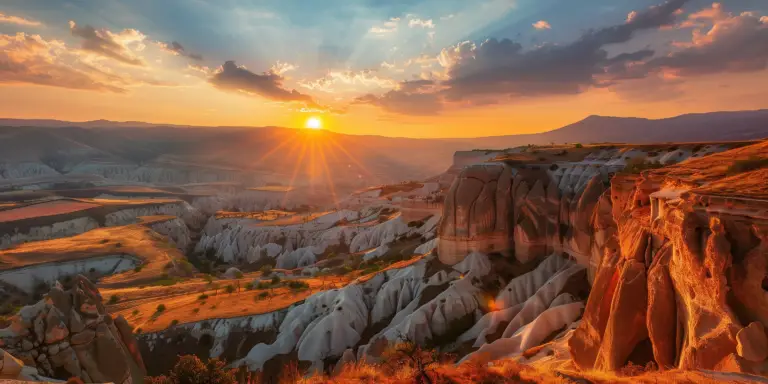Mount Kenya, the second-highest peak in Africa after Mount Kilimanjaro, is a majestic and awe-inspiring mountain located in central Kenya. Standing at 5,199 meters (17,057 feet), it is an extinct volcano that offers a unique blend of natural beauty, diverse ecosystems, and cultural significance. Whether you’re an experienced mountaineer or an adventurous traveler, Mount Kenya promises an unforgettable experience.
Geography and Landscape
Mount Kenya is situated near the equator, about 150 kilometers (93 miles) north-northeast of Nairobi, the capital of Kenya. The mountain consists of three main peaks:
- Batian: The highest peak at 5,199 meters.
- Nelion: The second highest at 5,188 meters.
- Lenana: The third peak at 4,985 meters, which is the most accessible to trekkers.
The landscape of Mount Kenya is incredibly diverse, ranging from tropical rainforests at the base to alpine moorlands and glaciers at the higher altitudes. The lower slopes are covered with bamboo and tropical forests, home to a variety of wildlife including elephants, buffaloes, and numerous bird species. As you ascend, the vegetation changes to heath and moorlands with giant lobelias and groundsels, giving way to rocky peaks and glaciers at the summit.
Climbing Routes and Trekking
Mount Kenya offers several climbing routes, each with its own level of difficulty and unique scenery. The three main trekking routes are:
- Sirimon Route: This is the most popular route, starting from the northwest of the mountain. It is known for its gradual ascent and diverse scenery, including forested slopes, moorlands, and stunning views of the peaks.
- Naro Moru Route: Known as the fastest route to Point Lenana, it is popular with trekkers who are short on time. However, it is also known for its steep sections and muddy paths, especially in the lower forested areas.
- Chogoria Route: Considered the most scenic route, it starts from the east and offers breathtaking views of the Gorges Valley and Lake Michaelson. It is less frequented, providing a more solitary and serene experience.
For experienced climbers, the technical peaks of Batian and Nelion offer challenging ascents, requiring rock climbing skills and proper equipment.
Wildlife and Biodiversity
Mount Kenya is a UNESCO World Heritage Site and a biosphere reserve, recognized for its rich biodiversity. The mountain’s varied ecosystems support a wide range of flora and fauna. The lower slopes are teeming with wildlife such as colobus monkeys, antelopes, and numerous bird species like the Jackson’s francolin and the endangered Abbott’s starling. Higher up, you might encounter unique plants adapted to the harsh alpine conditions, such as the giant groundsel and giant lobelia.
Cultural Significance
Mount Kenya holds a sacred place in the hearts of the Kikuyu people, who live on its slopes. They refer to it as “Kirinyaga” or “the place of light,” believing it to be the home of their supreme deity, Ngai. The Kikuyu and other local communities have rich traditions and folklore associated with the mountain, and their cultural practices are intertwined with its natural environment.
Travel Tips
- Best Time to Visit: The best time to trek Mount Kenya is during the dry seasons, from January to March and from July to October, when the weather is more predictable and the trails are less muddy.
- Permits and Guides: Climbing Mount Kenya requires a permit, which can be obtained from the Kenya Wildlife Service. It is highly recommended to hire a local guide or join an organized trekking group for safety and logistical support.
- Preparation: Ensure you are physically prepared for high-altitude trekking. Proper acclimatization, warm clothing, sturdy hiking boots, and sufficient supplies are essential for a successful climb.
Mount Kenya is not just a destination for climbers; it’s a journey into the heart of Kenya’s natural beauty and cultural heritage. From its lush forests and alpine moorlands to its towering peaks and glaciers, the mountain offers an extraordinary adventure for anyone willing to explore its heights. Whether you’re summiting Point Lenana or simply soaking in the breathtaking landscapes, Mount Kenya promises a truly memorable experience.
